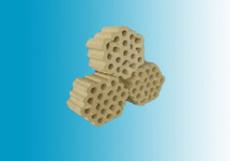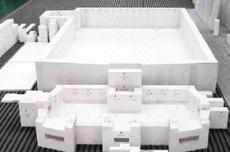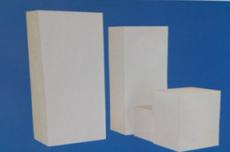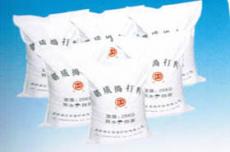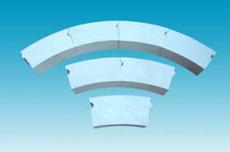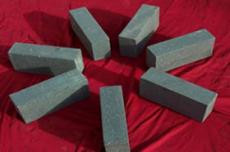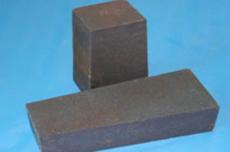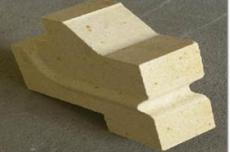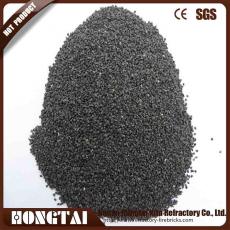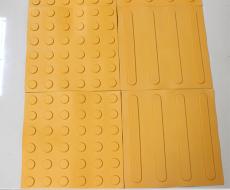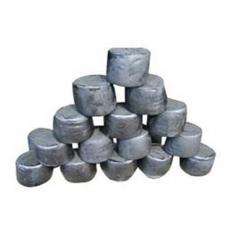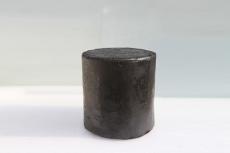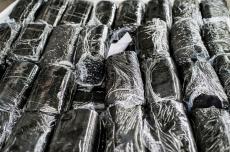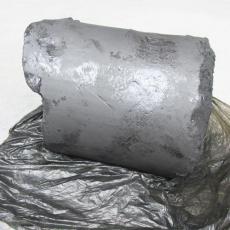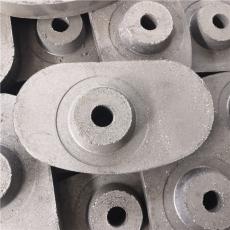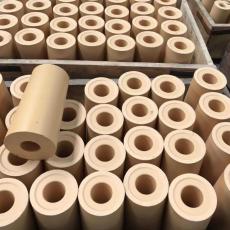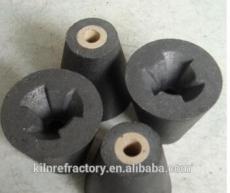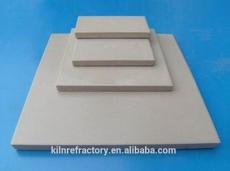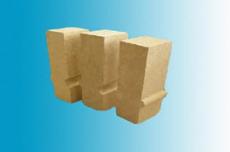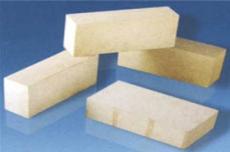
High temperature resistant castables for cement kilns
The kiln mouth, coal injection nozzle and other parts of the new dry process cement kiln are subject to strong high temperatures, thermal shock, erosion and wear, and require the use of high-quality amorphous refractory materials. Generally, high-temperature resistant castables for cement kilns contain minerals such as corundum, mullite, andalusite, and silicon carbide.
Raw material properties
Corundum is divided into sintered corundum and fused corundum. Among them, fused corundum is a product obtained by melting alumina or bauxite in an electric furnace and then cooling it. Fused corundum has large grains, high density, few pores and high hardness. Sintered corundum has small grains, many pores, and low hardness, but its thermal shock resistance is better. Generally speaking, corundum has good high temperature resistance and wear resistance, but poor thermal shock resistance, high thermal conductivity, and especially poor alkali corrosion resistance.
Mullite is also divided into two types: sintering and electrofusion. Among them, fused mullite has better performance. Generally speaking, mullite has the characteristics of good high-temperature volume stability, high thermal strength, strong creep resistance, medium-to-high thermal shock resistance and low thermal conductivity.
Andalusite is a member of the kyanite group of minerals. Kyanite mineral refers to three isomeric minerals with the molecular formula Al2O3-SiO2: kyanite, andalusite and sillimanite. The common features of these three crystals are high refractoriness, pure texture, and good corrosion resistance. During the calcination process, they are transformed into mullite and high silica content materials, accompanied by volume expansion (16% to 18% for kyanite, Andalusite is 3%~5%, sillimanite is 7%~8%).
At 1300~1350℃, kyanite transforms into mullite and cristobalite, accompanied by a volume change of +18%. Due to excessive expansion, the amount of kyanite added is limited. The expansion caused by the transformation of kyanite can be used to offset the shrinkage of amorphous refractory materials, and the resulting mullite can be used to improve the thermal shock resistance of castables. However, the cristobalite produced by the transformation of kyanite is not conducive to thermal shock resistance.
At 1400°C, andalusite transforms into mullite and high-silica glass phases, accompanied by a volume change of +4%. Due to the small expansion, it is beneficial to increase the content of andalusite. The expansion caused by the transformation of andalusite can be used to offset the shrinkage of amorphous refractory materials, and the resulting mullite can be used to improve the thermal shock resistance of castables. The difference is that the high-silica glass phase produced by the conversion of andalusite has an extremely low thermal expansion coefficient, which is very beneficial to improving the thermal shock resistance of the castable.
At 1500°C, sillimanite transforms into mullite; accompanied by a +8% volume change. Theoretically, the expansion caused by the transformation of sillimanite can be used to offset the shrinkage of amorphous refractory materials, and the mullite produced is also beneficial to improving the thermal shock resistance of castables.
Therefore, kyanite is commonly used as an additive for low- and mid-range amorphous refractory materials; andalusite is commonly used as an additive for mid-range and amorphous refractory materials; the transition temperature of sillimanite is too high and is generally not suitable for use as an expansion agent for amorphous refractory materials.
Silicon carbide has the properties of high melting point, high hardness, high thermal conductivity, low expansion and oxidizability. The high hardness of silicon carbide is used to improve the wear resistance of refractory materials. The low expansion and high thermal conductivity properties of silicon carbide are used to improve the thermal shock resistance of refractory materials. The property of silicon carbide that may produce passivating oxidation or form a SiO2 glaze layer is used to improve the corrosion resistance of refractory materials.
material design
According to the usage conditions at the cement kiln entrance, etc., the refractory materials used here should have good high temperature resistance, abrasion resistance, thermal shock resistance, erosion resistance and low thermal conductivity.
The only raw material with good high temperature resistance is corundum; the only raw material with good alkali corrosion resistance is silicon carbide; the raw material with good wear resistance is corundum and silicon carbide; the minerals with good thermal shock resistance are silicon carbide and andalusite; the thermal conductivity is low The raw materials include andalusite and mullite. Therefore, the wear-resistant castable used in the high-temperature zone of cement kilns should contain at least two minerals, corundum and silicon carbide, and one of mullite and andalusite. In order to obtain the required performance, high-temperature wear-resistant castables can contain four minerals: corundum, silicon carbide, andalusite, and mullite.
